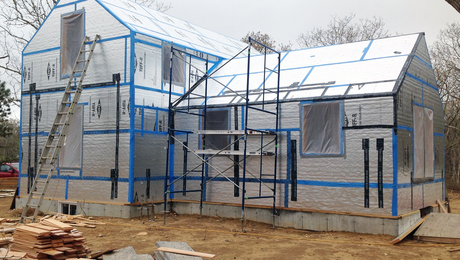Alloy
Well-known member
We absolutely do not plan on spending time in traditional campgrounds.
But as a last-ditch charging option, if we are able to "access" a standard electrical outlet, I was thinking of including an external 15A shore power connection, to feed a 24V charger for our house battery bank. A 15A connection would be plenty to power a 40A 24VDC charger. That charger could even be temporarily repurposed to recharge the truck's batterys in an emergency. Given our scenario, is there any point to using a standard 30A RV-type external connection point, supplemented by a 15A adapter?
30A RV or 30A marine. Keep the option open so you can plug a the AC into a generator. With line loss 15A cords/plugs get warm.

